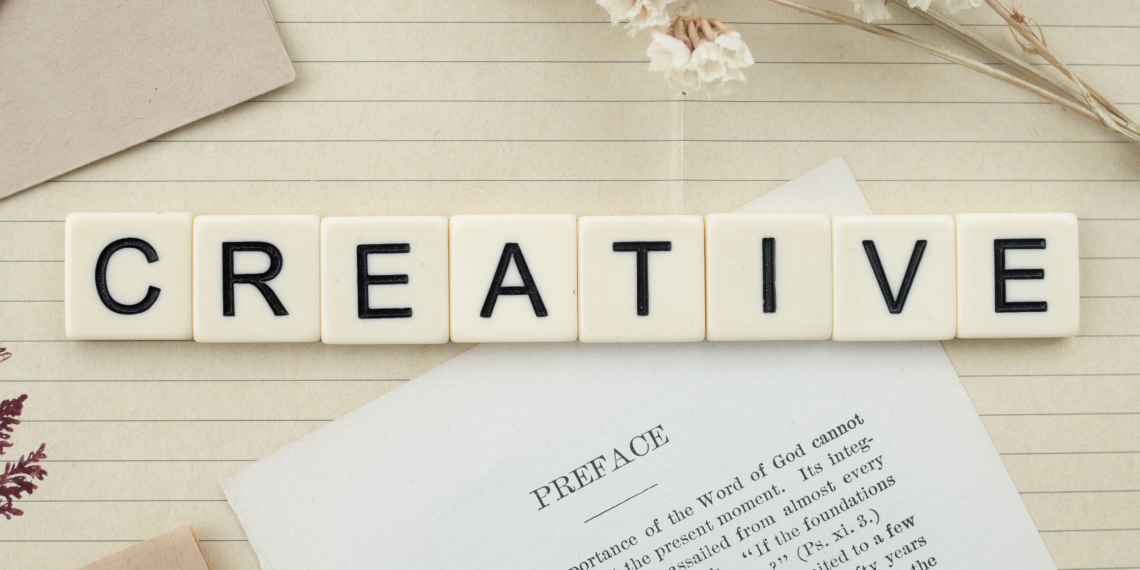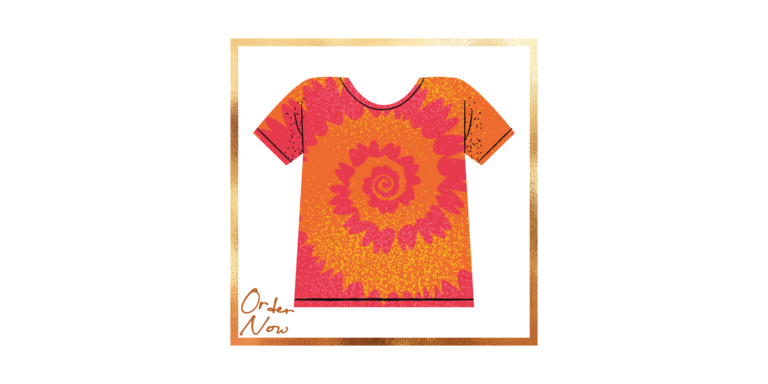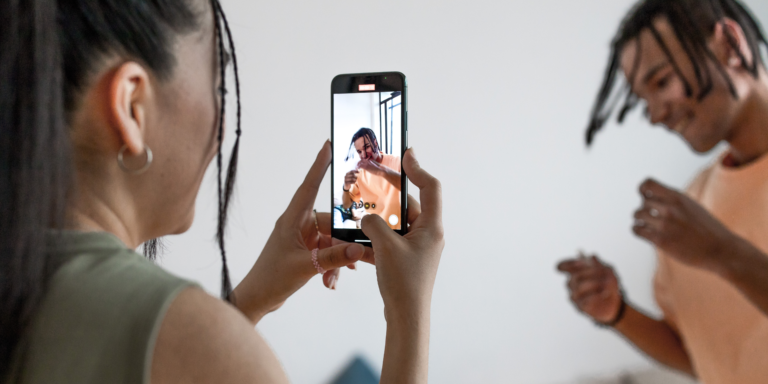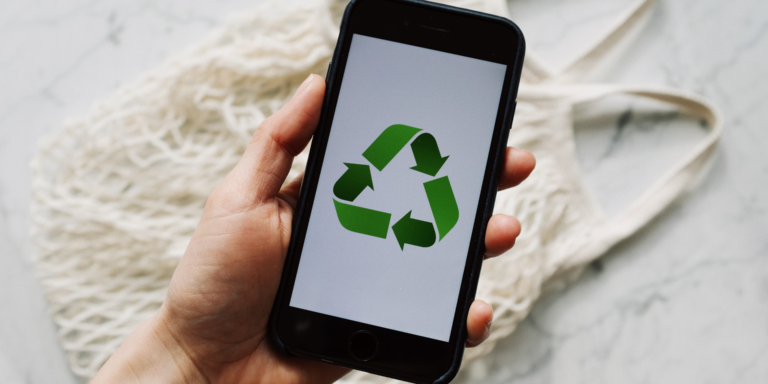
How To Level Up Your Facebook Ads Creative In 2023
There is an entire list of changes that have happened within the paid ads world, particularly the way we digest our content and the type of content we digest. That’s why we need to stay on top of this as much as we can and that’s what this post is all about.
Now without too much delay, let’s jump straight into how you can level up your Facebook Ads creative in 2023.

Catalogue Ad Frames

If you already run Facebook Ads for ecommerce accounts then you likely already know what catalogues are but in case you don’t know, catalogues are how you can pull product information from your site (images, descriptions, price etc.) and shoot this information out into ad campaigns or on a Facebook/Instagram shop.
Ad campaigns using your catalogue are an effective way to promote your products in a way that’s easy to digest for the user. However, a negative with these campaign types is that they have limitations on how you customize these for your brand. That’s where catalogue frames come in…
It’s in the name but this ad customization tool add a frame to your catalogue images, which is a prime opportunity to get fun with it and use these to capture your brands visual identity and stand out to your competitor. Use these to add attention grabbing illustration and colours, effect calls to action or your brands logo.
User Generated Content

User generated content (UGC) is all the rage! This is content that is created by the everyday user rather than the business. Users are no longer showing as much interest in heavily produced/curated content and instead are opting towards the more relatable content style.
UGC allows the user to envision themselves in a brand vs feeling like a product is being pushed onto them. It also builds a sense of community and trust due to the relatability of the content.
Another bonus with UGC is it can be easier to create and less expensive than the heavily produced/perfected content style. When testing UGC, it’s important to still strike a balance between the relatable, imperfect content style vs the highly produced, sales heavy content style and don’t be afraid to test different ideas.
Video Video Video

Off the back of UGC video content is still a front runner of what users want to digest. This content style is especially effective when trying to build on your branding and brand awareness. Social platforms like Facebook/Instagram are pushing this content off the back of some very convincing case studies where users proactively expressed more interest in video compared to the typical image ads we are used to.
Cater To Mobile Devices

A huge majority of users are browsing social platforms on mobile so we need to ensure we are catering to their experience. Facebook have also been known to favor ads that cater to mobile. Not sure how to do this? Here’s a simple list to get you started!
- Try and use short form adcopy that’s easy to read on mobile where possible.
- If you are us long for ad copy, break up text by use bullet points, paragraphs or emojis to make it easier to navigate.
- Ensure images cater to a mobile format.
- And last but most certainly not least… Take users to a mobile friendly site!
Repurpose Old Content

Churning out new content on a consistent basis can be exhausting and overwhelming. The good news is you don’t need to constantly create new and fresh content. Repurposing and refreshing old content can be just as effective, especially when it performed well in the past.
Not only does this ease the content creation process, it also means previous, quality content doesn’t get lost in the past and has a great new use!
Cater Your Ads To The Placements You Are Targeting

Within Facebook Ads you have different placements, these are where your ads show on Facebook and Instagram. The about placements is that they each carry different level of intent and audience types.
For example if you take Facebook and Instagram feeds, these are a relatively safe placement as users typically go here with a higher intent to discover new things, whether that be content, brands or products. But if you take story placements, users often go here to see what their friends are up to as opposed to using this as a way to discover new things, making this a low intent placement. When it comes to low intent placements, you have less time to capture the users interest and attention a lot faster than you would with the higher intent placements.
Another example would be if you were to target Instagram reels, users scrolling through reels are looking for that easily digestible short-form content, so catering to what they are looking for will more likely get you that higher engagement and watch time you’re looking for.
Storytelling In Content

Connecting with users through storytelling is a huge way to level up you ad creative. Not only because users are more likely to remember your ad and recite it when there is a story attached to it, but also because it can allow the user to have an emotive response to your content.
It’s now more important than ever for brands to build an emotional connection with their audience and build a sense of community. This is possible when you tell your customers or potential customers your brand’s story, mission and/or goals through the content you create.
@misspinkdigital How to level up your Facebook Ads creative in 2023 🤝 #facebookads #marketingstrategy #digitalmarketing #facebookadstips #digitalmarketingtips ♬ Lo-fi hip hop - NAO-K





